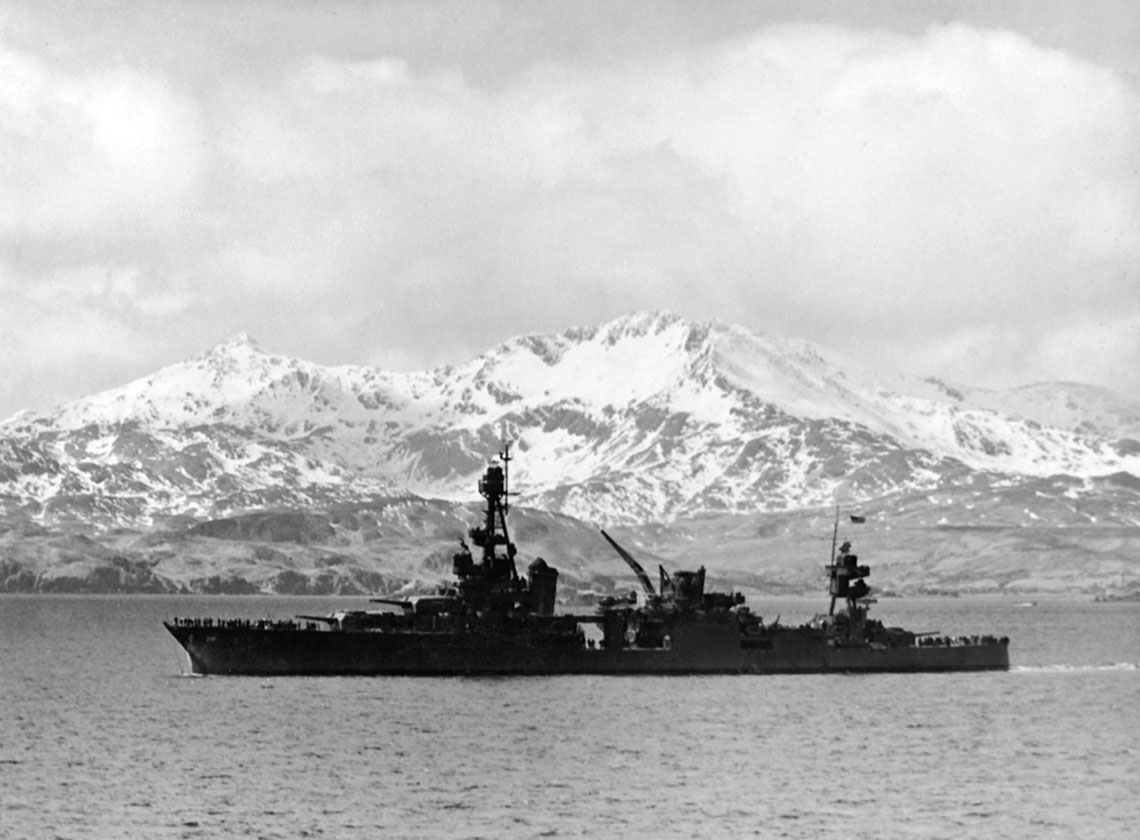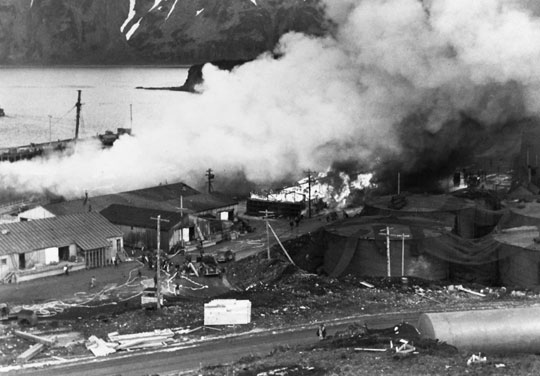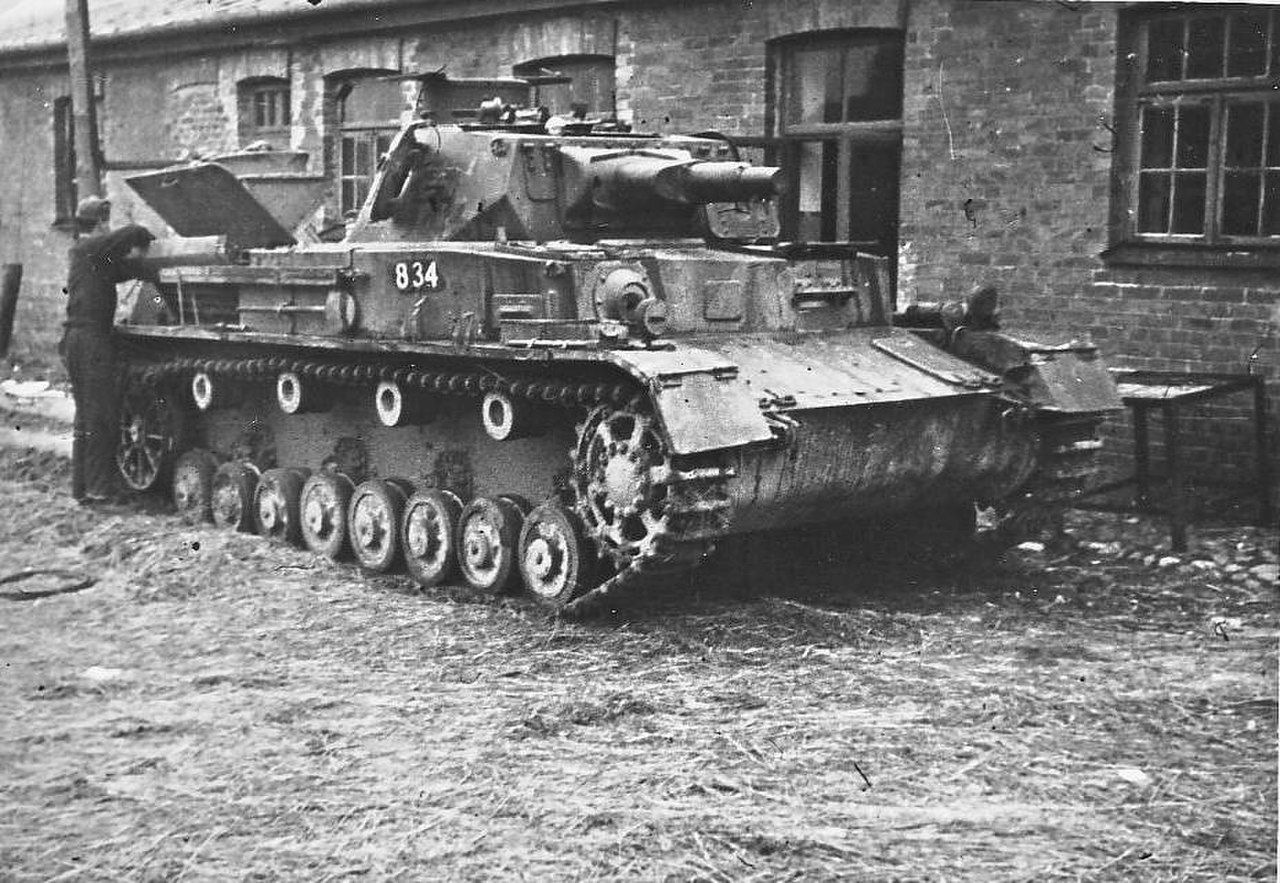
Operation AL, part 2

The heavy cruiser USS Louisville (CA-28) leaving Fist Bay on Adak Island in April 1943.
The coming night did not mean for the Americans a break for rest in the struggle for the Aleutian Islands. It was rightly feared that the main attack of the enemy would occur in the coming days, so it was supposed to detect Japanese aircraft carriers before the resumption of air operations. In addition to several Catalines, army bombers were also sent out on night patrols. As their crews recalled, deadly weather conditions reigned over Alaska and the Aleutian Islands that night. Two Catalinas, piloted by Navy Second Lieutenants Gene Cusick and Eugene Stockstone, who showed no signs of life and were considered lost along with their crews, did not survive the passage through the storm.
Second Rally at Dutch Harbor - June 4th.
The losing streak was broken by a flying boat piloted by flag bearer Marshall K. Frirks. At 6:50 he had been in the air for eight hours and emerged from the storm without serious malfunctions. On the return trip about 160 miles southwest of Umnak, an ASV radar screen made contact with an unidentified object on the surface of the water. The Frears knew it couldn't be an island or an American ship, so he decided to lower the altitude and survey the area. To his surprise, he ran straight into the 2nd Kido Butai, but the Japanese units themselves did not find him.

A smoking Northwestern ship after being hit by an aerial bomb.
The American hastily sent a message to the base about one aircraft carrier and two destroyers with coordinates 50°07'N 171°14'W, moving along a course of 150°. After confirming that the message had been received, Catalina had to maintain eye contact with the Japanese team. Less than an hour later, Frirks was ordered back to base by Patrol Wing Command. However, before leaving the enemy, the American decided to try his luck and bomb one of the Japanese ships. His entry was completely unsuccessful, and he himself lost one of the engines from anti-aircraft fire.
After the 2nd Kido Butai Frirks Catalina was to be relieved, piloted by Navy Lieutenant Charles E. Perkins, who took off from Dutch Harbor. This time the flying boat was armed with one torpedo and two 227 kg bombs in case it had a chance to get within a safe distance of the enemy. Around 11:00, Perkins tracked down the Japanese team and reported to the base the sighting of one aircraft carrier, two heavy cruisers 215° 165 miles from Dutch Harbor, on a 360° course. Catalina was to track the 2nd Kido Butai until the Allied bombers arrived. However, radiograph transmission delays meant that a total of twelve B-26As from Cold Bay and Umnak took off more than an hour late.
Like Fryrky, Perkins also wanted to try his luck and pitted Catalina against Junyo. The Japanese did not seem surprised and opened anti-aircraft fire. One of the explosions destroyed the right engine of the flying boat, which momentarily lost its stability. Perkins had a choice: continue the suicidal approach or leave. Without risking the life of the crew, the American dropped a torpedo and both bombs into the water, after which he disappeared in a cloud of rain squall. When he was certain that he was not being pursued by Japanese fighters, he also emptied his gas tanks halfway to reach the base with only one engine running.
Six B-26As from Umnak, led by Captain Owen Mils, were unable to locate the Japanese carriers based on clues from existing telegrams. None of the bombers were equipped with radar, and Perkins' Catalina was already heading back. Changeable weather again made itself felt. A rainy squall and thick fog made it difficult to search with optical instruments. The only safe option was to stay above the clouds, but under such conditions, finding ships on the surface of the water was almost miraculous. The next minutes passed and Mils had no choice but to decide to retreat.
The bomber expedition to Cold Bay was a little more dramatic. Six. B-26A led directly by the eager Colonel William
Father Irekson was armed with torpedoes at the behest of naval personnel. After takeoff, the group, of course, headed for the area indicated by Perkins, but in this case, too, thick dark fog made itself felt. The American planes lost visual contact with each other and had to increase their altitude to restore it. Although the climb took only a few minutes, a bomber piloted by Captain George Thornbrough was lost in the process. As the only one of the group, he decided to continue his mission and continued to search for Japanese aircraft carriers. Fate apparently rewarded his perseverance as he soon found the 2nd Kido Butai.
With only one torpedo, Thornbrough knew this was a unique opportunity. He clearly did not have enough space and time for a torpedo attack, so he decided to dive. The American hoped that in the meantime he could arm the torpedo and use it as a bomb. He chose the Ryujo aircraft carrier as his target, the crew of which quickly saw the threat. Anti-aircraft artillery thundered, but it was too late to lift Zero into the air to intercept the enemy aircraft. Thornbrough turned sharply and found himself directly opposite one of the sides of the aircraft carrier. The Japanese were as helpless as ever, they could only count on their guns to shoot down or at least disperse the B-26A, but the machine continued its risky approach. At the decisive moment, the American released the lever, and his torpedo slid towards Ryujo's deck. The closer she got to the target, the more her trajectory changed, and in the end she fell a little more than 60 meters from the ship, raising a huge column of water behind her.
The Japanese breathed a sigh of relief. Thornbrough was furious that he might have missed a once-in-a-lifetime opportunity to sink an aircraft carrier. However, he wasn't going to forgive his opponent so easily. He headed back to base to refuel, arm the plane, and hit the road again. Breaking through thick clouds, instead of Otter Point, he had to land at Cold Bay. On the spot, he wrote a detailed account of his attack and at the same time learned that the remaining five bombers from the squadron had returned safely to base4. Without waiting for the decision of the command, he and the crew boarded a bomber and flew off to look for the Japanese in thick fog. This was the last time they were seen alive. Before midnight, Thornbrough's aircraft signaled an attempt to break through the clouds to the base from an altitude of about 3000 m. A month later, on the beach at Unimak, about 26 miles from Cold Bay,40 wreckage was found with bodies tangled in seat belts. The Americans named the runways at Cold Bay Thornbrough Airport in honor of this heroic expedition.
On the same day, the Japanese carriers were also spotted by a pair of B-17Bs, older experimental bomber models. They traveled to the location reported in succession by Freaks, Perkins, and Thornbrough, and using their own ASV radar, found Team Kakuta. The leader, Captain Jack L. Marks, descended only 300 m and dropped five bombs on a group of visible ships, all of which proved to be inaccurate. At the same time, his wingman, Lieutenant Thomas F. Mansfield, set his sights on Takao. The American intended to lower the height as much as possible and hit the target of one of the anti-aircraft missiles directly. The bomber caught fire and crashed to the surface of the water, in the immediate vicinity of the attacked unit. Most of the crew did not have time to leave the plane, as it immediately went to the bottom. The only survivor was caught by Takao6. Marx could not help his comrades in any way and returned to the base, reporting a failed bomb attack.
The news that the following bombers had collided with Kakuchi's crew also reached Otter Point, where Captain Mills decided to give his crews another chance after a fruitless morning search. The six B-26As were armed with torpedoes and split into two groups after takeoff. One of them, led by Mils himself, found both Japanese aircraft carriers. Two planes aimed at Ryujo and one at Junyo. Although the Americans later claimed that they managed to sink one cruiser, none of the Japanese ships were harmed as a result.
torpedo attack.
Kakuta feared an enemy counter-attack, but did not expect to be harassed by small groups of bombers for most of the day. It was much easier for the Japanese to avoid single attacks than the coordinated actions of the entire air wing based in the Aleutian Islands and Alaska. It was one of the few positive things that happened to the Japanese on June 4th. According to the original plan of the operation, the 2nd Kido Butai was to raid enemy positions on Adak Island early in the morning. The dire weather conditions that lingered over the American base all night and most of the morning convinced Kakuta that it would be wiser to strike back at Dutch Harbor, especially since the weather in the area was clearly visible.
changed to favorable.
Just in case, at 11:54, Kakuta sent a pair of Kate from the aircraft carrier Ryujo, which went to reconnaissance in sector 46 ° at a distance of 144 miles to assess the weather conditions over Dutch Harbor9. Japanese bombers met one enemy aircraft along the way, but did not want to fight with it. At a quarter past twelve they were over the American base and sent a telegram recommending a raid. Kakuta was still unsure that the weather would worsen and refrained from making hasty decisions. At 13:00, he sent a second pair of "Kate" to reconnaissance sector 13 ° for 44 miles to confirm the strike on Dutch Harbor. More than an hour later, at 49:150, the bomber crews gave the green light to start flying. At the same time, the group was informed about the discovery of one enemy destroyer south of the island of Unalaska14.
